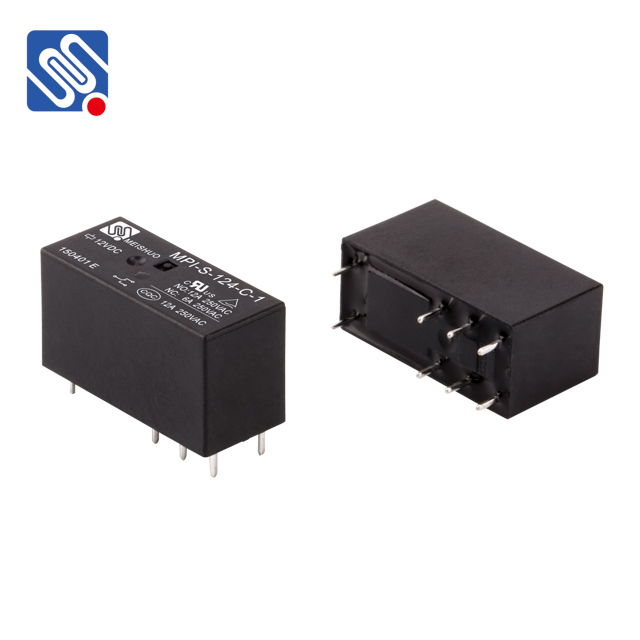title: exploring relay application notes with meishuo: a comprehensive guide
Release time:2025-03-20 04:24:42
Relays are essential components in electrical circuits, widely used to control various devices through a low-power signal. They serve as the fundamental link between low-power control circuits and high-power applications. Understanding relay applications and selecting the right relay for your needs can be challenging, but Meishuo has made it easier for engineers and developers by providing detailed relay application notes that highlight different use cases, troubleshooting tips, and design considerations.

Understanding the Basics of Relays
Before diving into the specific relay applications, it’s important to understand what a relay is and how it works. A relay is an electrically operated switch that allows a low-power signal to control a high-power load. Typically, a relay consists of a coil, a switch (either a single or double-pole), and contacts. When a current flows through the coil, it generates a magnetic field that either opens or closes the contacts, thereby controlling the connected load.
Relays are versatile and can be used in a variety of applications, ranging from simple on/off switches to complex logic control systems. They are widely used in industries such as telecommunications, automotive, industrial automation, and home appliances.

